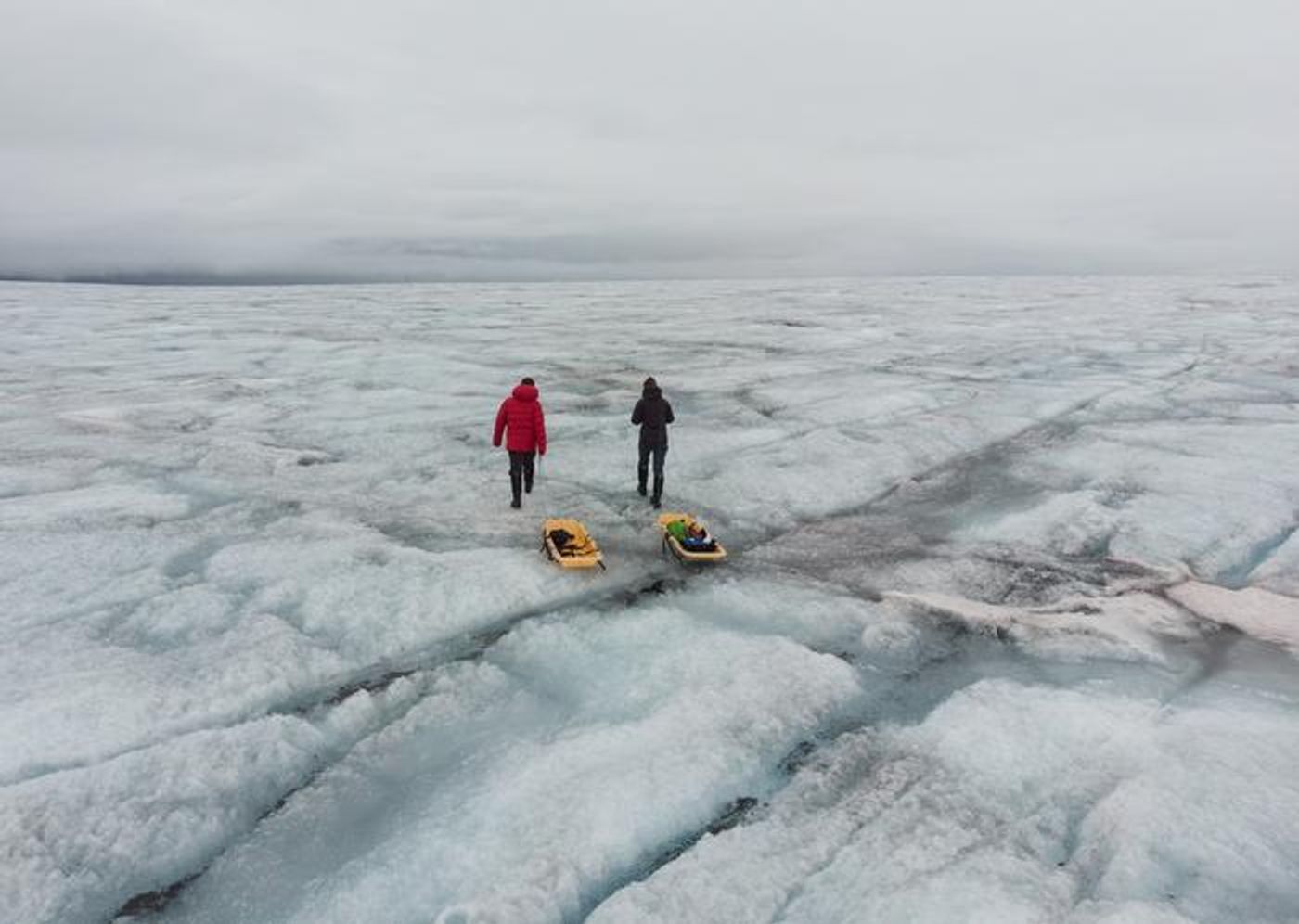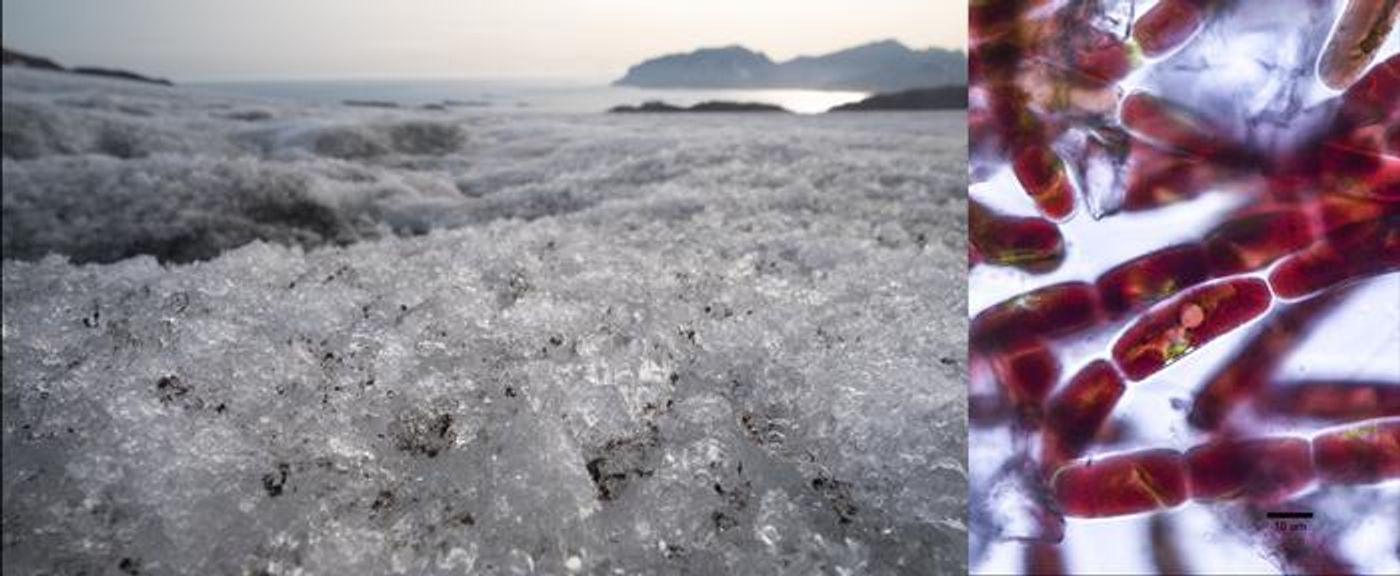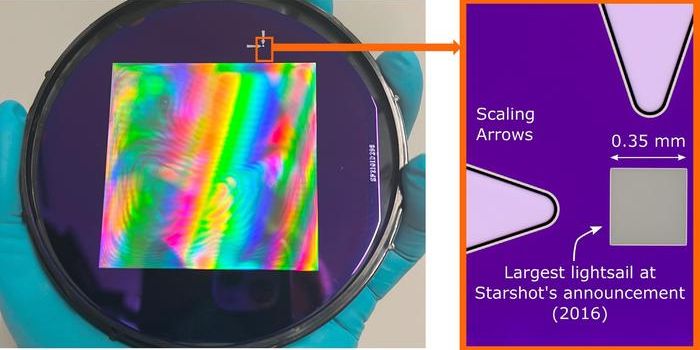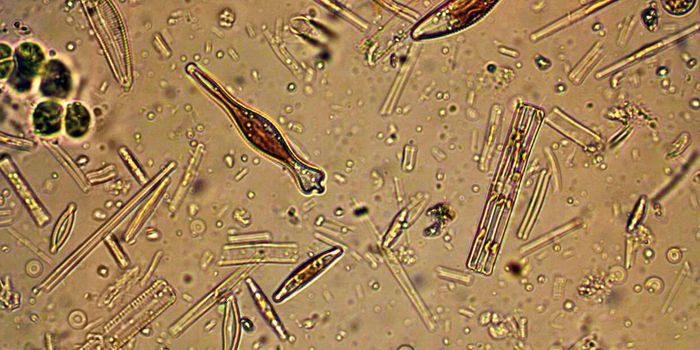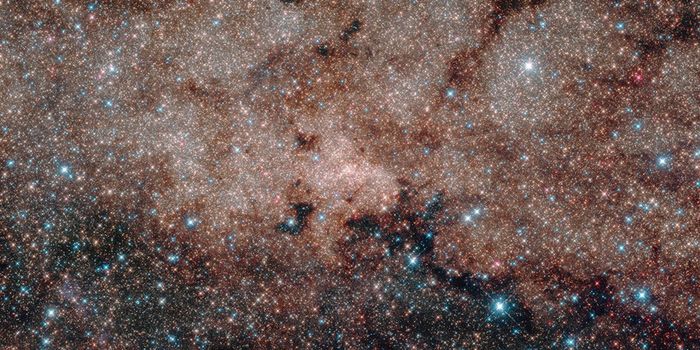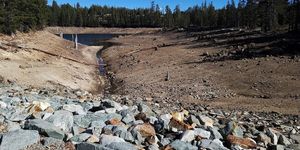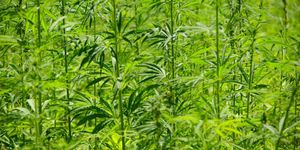How Algae Can Accelerate Greenland Glacier Melt
Most people probably think of glaciers as massive blocks of white ice. But many glaciers have dark patches because of the growth of algae, which can survive on the surface of the ice. These dark patches also absorb sunlight, and can accelerate the melting of glaciers. Scientists have now learned more about how algal cells are sustained in this harsh environment. The findings, which used data collected during fieldwork on the Greenland Ice Sheet, have revealed more about the impressive nutrient gathering abilities of this algae. The research was reported in Nature.
First study author Laura Halbach of the Max Planck Institute for Marine Microbiology used newly developed methods to measure nutrient absorption and storage in this algae. “I wanted to understand how such algal blooms can develop in Greenland.”
Even though there are few nutrients around, this algae can grow on the ice. The researchers analyzed the presence of various elements, like carbon and nitrogen, in individual algal cells. There was a lot of variation, not only among the levels of various elements but also in how the cells were functioning, showing that this algal community is adaptable and can make use of many nutrient conditions.
“Until now, there have been no measurements of how the ice algae supply themselves with nutrients,” said Halbach. “We are now closing this gap with a particularly precise method that allows us to measure the nutrient uptake and storage of individual cells. Our results show that the algae can grow rapidly even though there are hardly any nutrients available on the spot. Instead, they can efficiently take up inorganic nitrogen and are good at storing phosphorus.”
Halbach estimated that about one-tenth of the ice that melts on the West coast of Greenland is due to this algae. Some glacial areas are so dark, they can be seen on satellite images.
Melting from the Greenland Ice Sheet is contributing significantly to the rise of global sea levels, and large amounts of freshwater are pouring into the ocean, which can also lead to other changes. When snow that normally covers the glacier is lost, there are more places for algae to grow, and the melting can speed up even more; the cycle accelerates. As the climate warms, the role of this algae grows more significant, noted Halbach.
Unless something like parasitic fungi comes along, or the trace nutrients are lost, the algae will probably keep growing.
This new data can also be incorporated into new climate change models so that more accurate predications can be made about what we might be facing in the future.
Sources: Aarhus University, Nature
